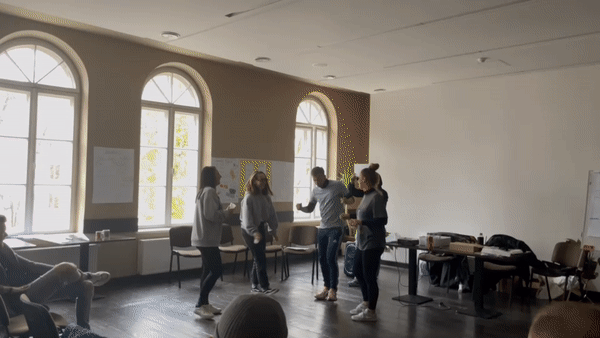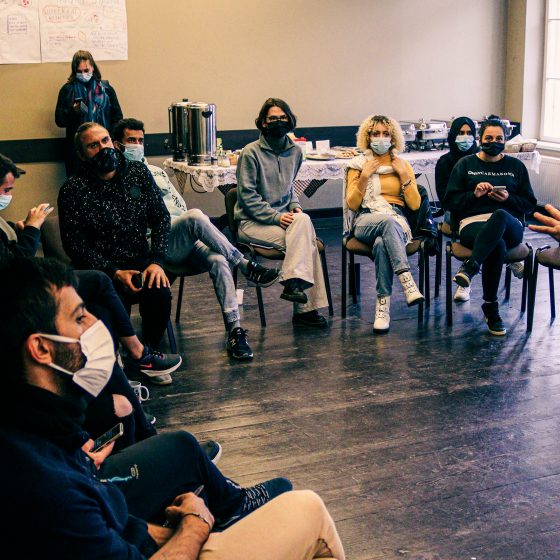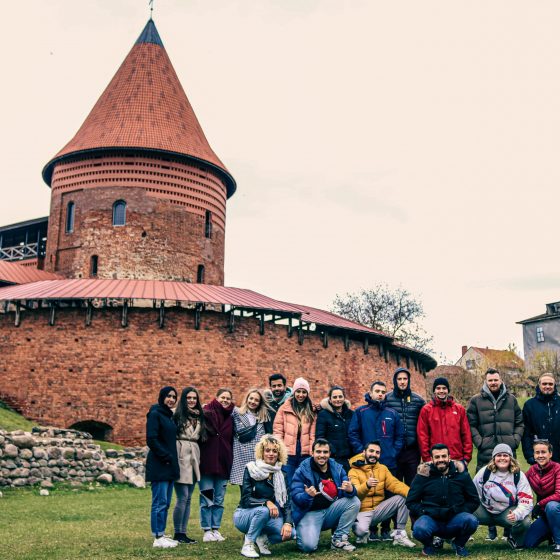
Erasmus+ training course “Give Hugs not Drugs” took place in Kaunas, Lithuania on 18th – 24th of October, 2021. The mobility gathered 22 participants coming from Lithuania, Poland, Turkey, Slovakia, Hungary and Sweden with the idea of youth work as a tool for better reintegration of former drug users into society and space for their personal development.
OBJECTIVES OF THE PROJECT
PROJECT ACTIVITIES
All youth exchange activities were based on non-formal education. Participants had the opportunity to try a variety of energizers and activities fostering critical thinking when addressing social inequality. Below are the activities that were evaluated highest by the participants
LEARNING ABOUT DRUGS
On the first days, participants had a chance to learn about the most commonly used drugs. Find out what they are called, used and what are the consequences







WORLD CAFE DISCUSSION
The World Cafe method helped participants to explore stated issues by discussing them in small table groups.
Directions for leading the activity:
- Create an environment similar to a restaurant – set round tables, place chairs, decorate it.
- Assign a topic/question to each table.
- Invite participants to sit down and ask each table to choose 1 person who will be the moderator of the topic. this person will remain at the table throughout the activity.
- Start the discussion – give 20 minutes to talk about the topic and take notes. At the end of the twenty minutes, each member of the group moves to a different new table. Moderator will welcome the next group and briefly fill them in on what happened in the previous round.
- After all questions are discussed, invite participants to share insights or other results from their conversations with the rest of the large group.
Participants of the “Give Hugs not Drugs” training course shared their views by answering 4 key questions:
- What is my role as a youth worker either within or outside of addiction care?
- Why is it so difficult to change addictive behavior?
- What are the benefits and barriers of a harm reduction approach?
- Do needle-exchange programs promote drug use?
SUBSTANCE USE AND ABUSE (AGREE/DISAGREE)
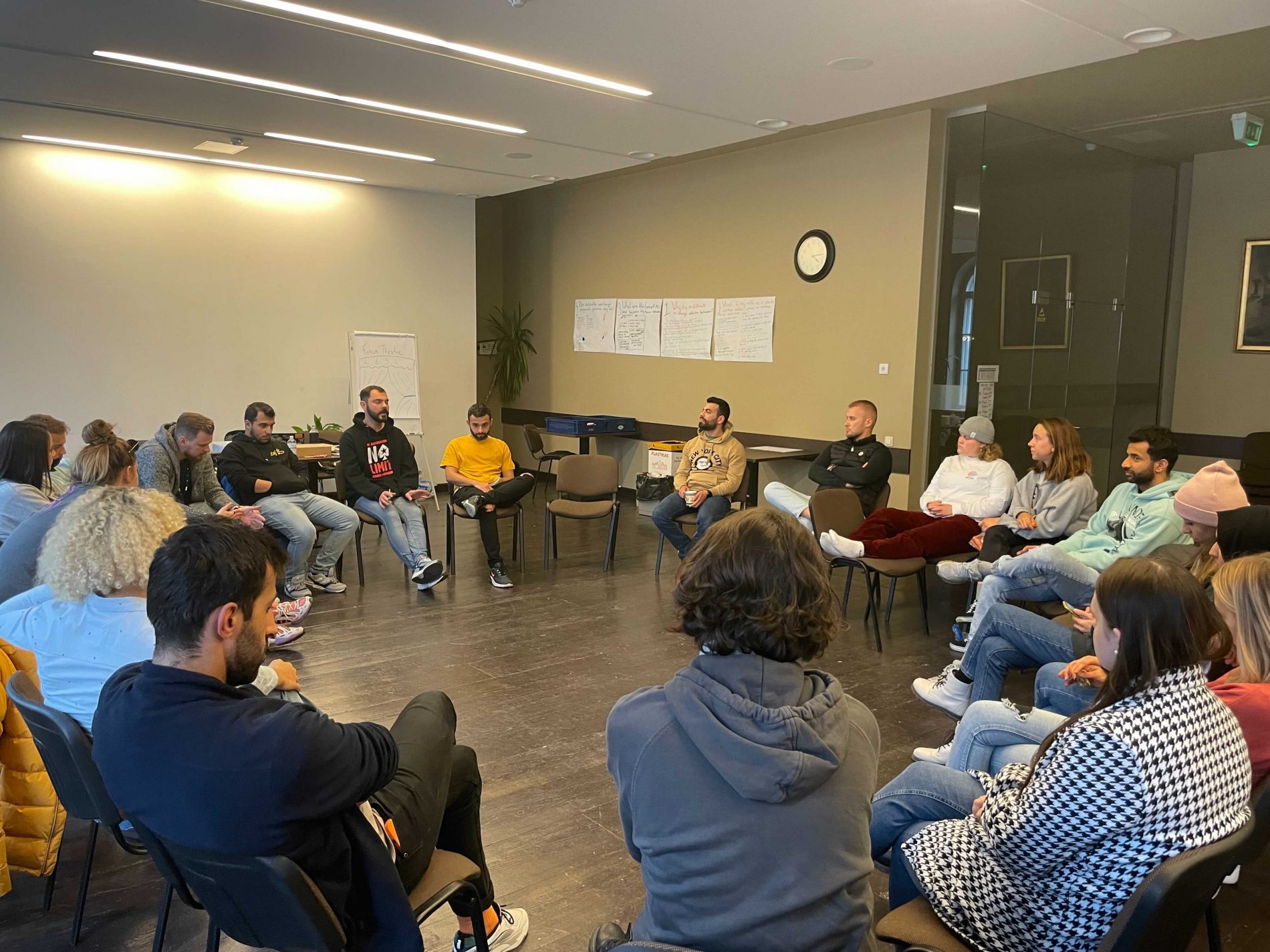
After learning about substance use and abuse, Agree/Disagree activity was organised to discuss & look for solutions to particular issues regarding drug use.
Directions for leading the activity:
- Divide the room in half. Indicate that one side is – agree, the other – disagree. The middle of the room – no opinion.
- Read aloud the statements related to the substance’s use, and after each statement, tell participants to stand on the side of the room that reflects their opinion. For instance, “Pregnant women who use alcohol or other drugs should be punished”
- After participants state their opinion, foster the discussion by asking why they think so, what should be done differently, etc.
FORUM THEATRE
By watching, listening and engaging with the characters portrayed, participants had a chance to pick up information as well as witness characters facing dilemmas due to drug use and making choices.
Directions for leading the activity:
- Choose the number of initial characters, ask for volunteers that would like to be the first actors. They will improvise the scene according to the guidelines they received from their role and the original plot. The audience will watch and analyze the situation, as simple spectators.
- Ask actors to go backstage and the audience will discuss: who was the protagonist, who the antagonist and which was the oppression.
- Play the scene a second time – the audience needs to decide if to start the play from the beginning or just some scene. The audience can intervene to suggest different actions to existing characters to change the scenario.
- Discuss how changes improved/worsened the situation.
METHODOLOGIES DEVELOPED BY TRAINING PARTICIPANTS
One of the main goals of the project is to strengthen the skills of youth workers working on drug prevention. For this reason, participants had the opportunity to adapt NFE methodologies in teams and develop awareness-raising activities on the issue
GUESS THE DRUG GAME
Have you heard of the “Who Am I” game? The principle of this game was used to create one of the activities in the “Give Hugs, not Drugs” project
- Each participant (without reading) pulls out a piece of paper with the name of the psychotropic substance on it.
- Leaflets are placed on the forehead of the participants.
- Hints that are suitable for drugs written on leaflets are distributed.
- Participants try to guess which hints belong to them and what drug is written on their foreheads
ESCAPE ROOM
A model of an Escape room was created. Participants of it would need to recognize certain drugs to solve logical tasks and escape the room
GUEST SPEAKERS: Eliza Kurcevič & Young Wave (Kasparas Vasiliauskas)
Thanks to Eliza Kurcevič who presented what is chemsex to the participants of the Erasmus+ training course “Give Hugs not Drugs”
Chemicals and sex make up one term – chemsex. This is defined as the habit of consuming certain substances immediately before or during sexual activity in order to facilitate, prolong and/or enhance the sexual experience. Why do people do this and how does it harm them? Learn in this webinar.
Young Wave believes that the system of thinking and policy-making in Lithuania regarding the inclusion of drug addicts needs to be changed, even if it requires a small tsunami.
They seek to reduce stigma and discrimination against vulnerable groups, ensure the involvement of civil society in the development and transformation and enable the development of innovative treatments and drugs prevention methods. Huge thanks to Kasparas Vasiliauskas who shared how it feels to be a part of the Young Wave organisation and what they are working on!

PROJECT IMPACT
This training course improved the participating organisations’ expertise in hosting projects about emotional support and projects that aim at working with youngsters who come from dysfunctional backgrounds (drug users). The organisations learned new NFE methods that will be used in their future activities.
FUNDING
“Give Hugs not Drugs” project is co-funded by the Erasmus+ programme of the European Union and implemented by Active Youth Association.

